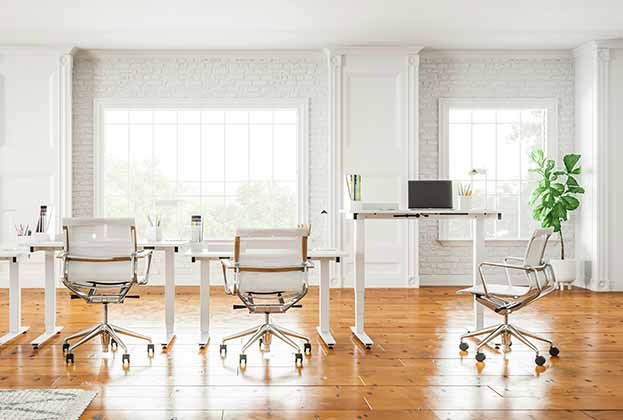With big names like Versace, Armani and Hilfiger all throwing their weight into the hotel sector through the creation of branded luxury hotels, it is easy to assume design-oriented hotels are just for the super rich. However, there are plenty of more affordable hotels putting just as much care into their character and design features.
Copenhagen's Radisson Blu Royal Hotel, which opened in 1960, is considered the first designer hotel, with its 260 rooms regularly redesigned to showcase the best in Danish style (only room 606 retains its original Arne Jacobsen décor in tribute to the iconic Danish designer). The floodgates have opened since, and increasingly opulent hotels influenced by luxury brands, including Bulgari and Armani, have become more mainstream. Versace’s latest hotel in Dubai celebrated its official opening in mid-November and Karl Lagerfeld has announced he’s going to launch a hotel chain in October, with the first one set to open in Macau in 2018.
In these high-end hotels the emphasis is on the smallest details, kitting out every room in decadent fixtures and features such as luxury fabrics and marble-clad bathrooms. But design is still a central feature of more mid-range hotels, albeit with the focus shifted towards communal spaces and feature furniture pieces.
Mid-range hotels will often include clever design features in the bedroom in order to maximise smaller spaces. This is complemented by cool, vibrant and socially orientated communal areas. Marriott’s Moxy brand, for example, states its position as a 'boutique hotel with the social heart of a hostel' and is focussed on providing young people with an affordable but design-centric place to stay and socialise. The public space is split into four areas, which range from peaceful and quiet at one end to the lounge area at the other, centred around media and music. CitizenM Hotels are of the same ilk, providing affordable luxury for people who are on the go and keen to socialise.
These mid-range hotels recognise that a new generation of traveller has emerged who use hotels as a base. For them, the bedroom is just for sleeping in, preferring to work or socialise in larger communal areas created to feel like a living room or study.
It's clear that design-led hotels aren’t just for the upper echelons: at every price point operators are looking at how they can put design at the centre of their identity and use it to reflect the changing needs of visitors.
Further information
Contact Savills Hotel Services
.jpg)




.jpg)


.jpg)

